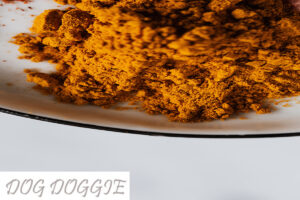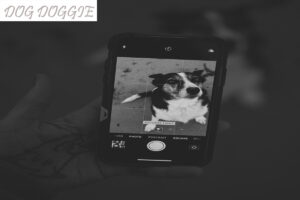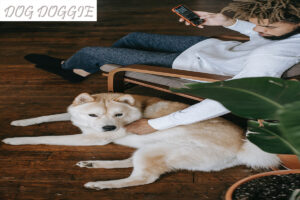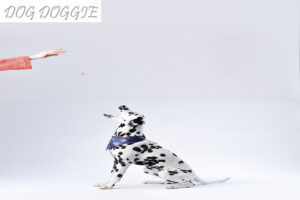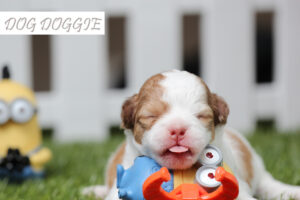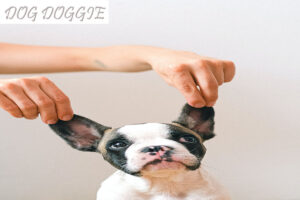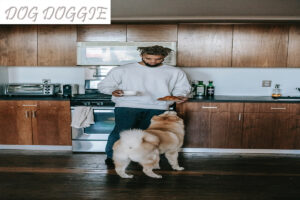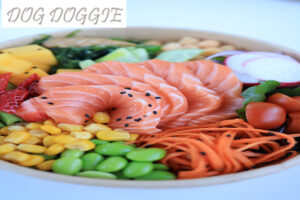If you’re like most people, your dog isn’t your only pet. You also have fish, birds, or maybe even some snails in your home! Just like kids, pets can be prone to food dyes and other artificial colorings, which mean you, should always check the labels on the food you buy for them. So, what’s in that stuff? And how dangerous is it? Is food coloring safe for dogs? No dog actually needs them, and they provide no real nutrition, so why do we even bother? Keep reading to find out!
What are dog food dyes
Dog food dyes are typically made with coal tar or petroleum byproducts, which can irritate the stomach lining if consumed in high quantities. Some dog foods use natural colorings like turmeric and paprika to get a bright yellow hue, but these products usually have a more limited ingredient list than other brands. The simplest solution is to skip the processed kibble altogether. These days there’s no shortage of good options for a well-balanced raw diet, as well as dry pet food that doesn’t contain any artificial ingredients at all.
Coloring Agents Approved by the Food and Drug Administration
The Food and Drug Administration has approved nine different color additives for use in human and animal food. Created from coal tar, these colors are now derived from petroleum.
The Food and Drug Administration has approved nine synthetic colors thus far. Among these, FD&C Blue 2, Blue 1, Green 3, Red 40, Red 3, Yellow 5, and Yellow 6 are the most popular. All of these items are petrochemicals. Manufacturers like their consistent tonality and high-visibility color palette. They are also less expensive than more eco-friendly options.
Iron oxides in the colors red, yellow, and black are commonly used ingredients in pet food that have received FDA approval. Rust is the more common word for iron oxide.
While the Food and Drug Administration (FDA) has given its stamp of approval to a list of dyes, the use of certain of these colors is controversial and even banned in some nations. Hyperactivity in kids is a well-known adverse impact of artificial food colorings.
There is concern that exposure to some dyes can lead to cancer. Some people are allergic to others. Nothing good can come from consuming artificial food colors because they are all poisonous. toxic, carcinogenic, allergic, or genotoxic (meaning they can damage DNA).
Iron oxide (in its many colors) is an irritant to the skin and eyes in research conducted in Europe. Rats exposed to iron oxides through the air develop lung irritation. Moreover, genotoxicity is a cause for alarm.
To avoid health problems, avoid giving your dog any treats that include synthetic colors.
Raw bones with colored marrow
A raw bone is a great way to provide exercise and nutrients to your dog, but you should be aware that not all bones are created equal. Some store-bought bones have artificial dyes in them that can cause some negative reactions in canines such as vomiting or diarrhea, which is why it’s important to read the labels before purchasing anything with colored marrow. If you want to avoid any complications like this, opt for uncolored marrow bones or those with natural dyes like fruits or vegetables.
Natural dog food coloring
The Food and Drug Administration also approves “natural” hues including carmine (derived from insects), annatto (obtained from seeds), and caramel color (sugar heated with ammonium, acid, or alkali compounds).
Natural colors such as these should be avoided in dog food…
Recently, caramel color has come under attention due to concerns that its production with ammonium results in the formation of carcinogenic pollutants and harmful by-products including acrylamide. It’s usually produced with corn syrup, which means your pup will be getting even more sugar than usual in his diet. Caramel color can be made without using ammonium, however, it is unclear whether or not producers have made the switch to safer alternatives.
Carrots and sweet potatoes are great sources of beta-carotene, which is a beautiful natural pigment. Avoid meals with this color unless you know for sure that it comes from plants. As it is usually solvent extract from molds/algae or chemically produced.
Are all pet dyes toxic?
All pet dyes are not toxic, but some should be avoid due to the chemicals they contain. Avoid any dye that contains FD&C or D&C which stands for Federal Drug and Cosmetic Act and Drugs & Cosmetics Act respectively. These are found in red, green, yellow, blue, brown, black, orange, and purple dyes.
Colors in Dog Food That May Be Harmful
The female cochineal insects are dried and crushed to produce carmine, also known as cochineal. After that, they are submerge in an acidic solution to create a brilliant red dye.
In certain persons who are hypersensitive to the proteins found in insects, carmine has been demonstrated to trigger food allergies. Asthma has also been a problem for factory employees who were expose to carmine. Anaphylaxis, a potentially fatal allergic reaction, has been triggered by extremely low doses.
Toxin-Free Dyes for Dog Food
Annatto is extract from the achiote tree’s (Bixa Orellana) seeds and has numerous use in the kitchen and the beauty industry. Flavor and color are two of their many benefits to foods. It may help keep your eyes healthy, fight against cancer, and even act as an antioxidant. Annatto rarely causes side effects, but it has sometimes caused food intolerances or irritable bowel syndrome. Annatto is usually safe for use in dog food. But if your dog has food allergies and annatto is in his food, it could be the cause.
Natural colors like paprika, beet juice, and turmeric are becoming more and more popular. You can feed these to your dog with confidence. But their price tag may put them out of reach of the commercial market.
It is recommend that you keep away from FD&C dyes, caramel color, and synthetic beta-carotene.
Conclusion
Food coloring, whether eaten or used topically, is safe for canines. There isn’t a tonne of research on the topic, but it’s reasonable to assume that. The artificial and natural color additives used in many dog diets meet FDA requirements for human consumption. You can add dye to your dog’s food if you want to.
Read More


